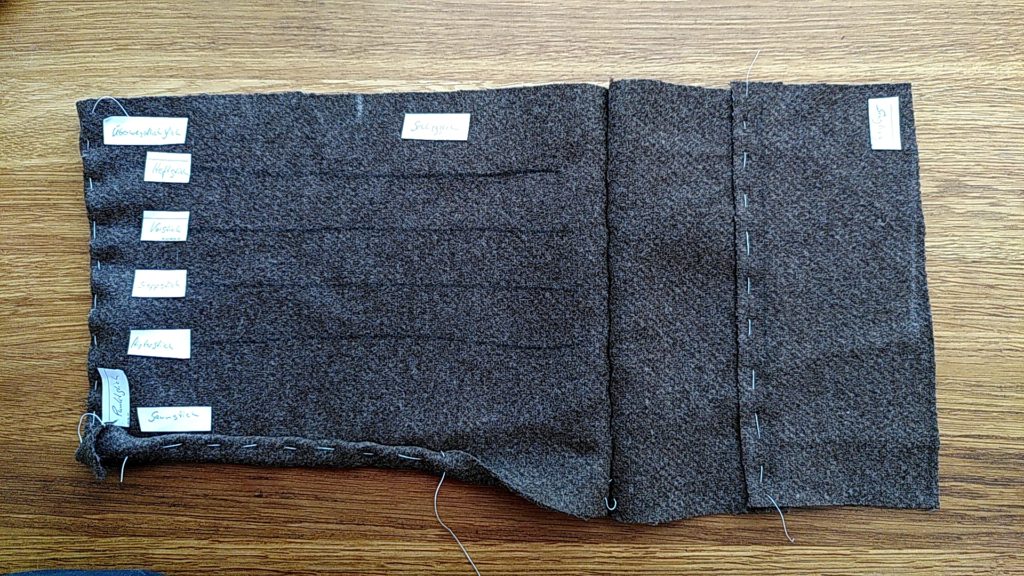It's time for something like a link roundup again - textile conference related, this time.
The CTR has their programme online for 2022, and there's a number of meetings and lectures that everybody can attend. Every second wednesday there is a meeting from 14:00 to 15:00 followed by a presentation with discussion starting at around 15:00. The next one is on March 16, about modeling public buyer behaviour towards circular textile products and services. Learn more about the lectures on the CTR page (click the lectures link to download the current pdf programme).
EuroWeb has a Call for Papers out for a seminar which will take place in Portugal, June 29 to July 1st. The seminar is titled "What's in a name? Toponyms and loan words as textile labels across time.". The CfP is open until April 15, and you can learn more about the seminar and find out how to take part here.
Springer is granting free access to some of their programme until March 31st - including some archaeology things. Find out more here.








